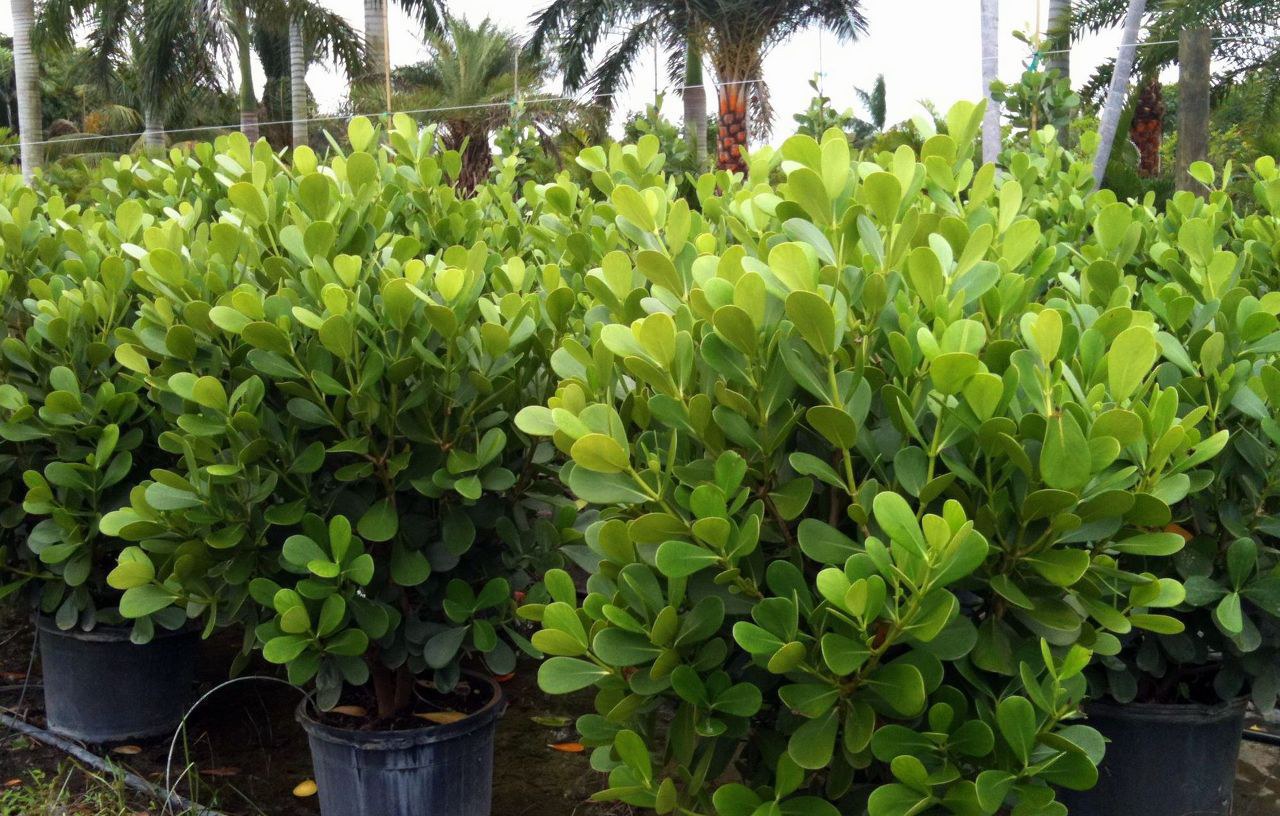The Small Leaf Clusia Plant, known for its adaptability and ornamental value, captivates plant enthusiasts with its unique characteristics and wide-ranging uses. Its compact size, glossy leaves, and remarkable resilience make it a popular choice for both indoor and outdoor spaces, offering a touch of nature’s beauty wherever it’s placed.
With its ability to thrive in various environments, the Small Leaf Clusia Plant is a testament to the diversity of the plant kingdom. Its adaptability and ease of care make it an ideal choice for both novice and experienced gardeners alike, adding a touch of greenery to any setting.
Botanical Characteristics: Small Leaf Clusia Plant

The Small Leaf Clusia Plant, scientifically known as Clusia minor, is an evergreen shrub or small tree belonging to the Clusiaceae family. It is characterized by its compact size, reaching heights of 1-3 meters (3-10 feet), and its distinctive foliage.
The plant exhibits a dense growth habit, with numerous branches forming a rounded or upright shape. Its leaves are small and leathery, typically ranging from 1-3 centimeters (0.4-1.2 inches) in length. They are arranged alternately along the stems and have smooth margins and a glossy, dark green upper surface.
Habitat and Distribution
The Small Leaf Clusia Plant is native to the tropical and subtropical regions of the Americas, particularly in Central and South America. It is commonly found in coastal areas, where it thrives in well-drained, sandy soils and can tolerate occasional flooding.
Adaptations
The Small Leaf Clusia Plant has developed several adaptations that allow it to survive in its challenging environment. Its thick, leathery leaves help to retain moisture and protect against drought conditions. Additionally, the plant produces a sticky latex that acts as a defense mechanism against herbivores.
Cultivation and Care

The Small Leaf Clusia Plant thrives in warm, humid environments with ample sunlight. Its ideal growing conditions include:
- Light: Bright, indirect light for at least 6 hours daily.
- Soil: Well-draining, slightly acidic soil with a pH between 5.5 and 6.5.
- Watering: Water thoroughly when the top 2-3 inches of soil feel dry to the touch.
Proper planting involves choosing a pot with adequate drainage and using a well-draining potting mix. Propagation can be done through stem cuttings taken in the spring or summer. Maintenance includes regular pruning to remove dead or diseased leaves and stems.
Common Pests and Diseases
The Small Leaf Clusia Plant is generally resistant to pests and diseases, but it can be susceptible to:
- Mealybugs: Small, white insects that feed on plant sap, causing yellowing and wilting.
- Scale: Small, brown or gray insects that attach themselves to leaves and stems, sucking plant juices.
- Root rot: A fungal disease that causes the roots to decay, leading to wilting and yellowing of leaves.
Preventive measures include regular inspection for pests, proper watering practices to avoid overwatering, and using clean tools for pruning and propagation.
Uses and Applications

Beyond its ornamental value, the Small Leaf Clusia Plant offers potential medicinal properties and various practical applications.
The plant’s leaves and bark have been traditionally used in herbal medicine to treat a range of ailments, including digestive issues, respiratory problems, and skin conditions. Some studies suggest that extracts from the plant may possess antimicrobial and anti-inflammatory properties.
Ornamental Value
In landscaping, the Small Leaf Clusia Plant is prized for its dense, evergreen foliage and compact growth habit. It is commonly used as a hedge or screen, as well as in topiary and bonsai arrangements. Its glossy leaves and upright form add a touch of elegance to gardens and patios.
Indoors, the plant is a popular choice for offices, living rooms, and conservatories. Its air-purifying qualities make it a beneficial addition to any space.
Incorporating into Settings, Small leaf clusia plant
To incorporate the Small Leaf Clusia Plant into your garden or interior design scheme, consider the following ideas:
- Use it as a low hedge to define borders or create privacy screens.
- Plant it in containers on patios or balconies to add a touch of greenery.
- Train it into topiary shapes for a unique and eye-catching accent.
- Place it indoors in bright, indirect light to purify the air and add a touch of nature.